Office USA: 706-658-1122 | Tech Support: 706-362-4813
Office Bulgaria: +359 431 64477
Unlocking the Secrets of Diamond Grinding Techniques and Their Impact on Tool Longevity
Diamond grinding is an advanced machining technique that plays a crucial role in enhancing the longevity and performance of cutting tools. According to a recent report by the International Journal of Advanced Manufacturing Technology, the application of diamond grinding can increase the lifespan of tools by up to 50% compared to traditional grinding methods. This technique employs high-precision diamond abrasives, which not only improve surface finish but also reduce the occurrence of tool wear and downtime. As industries continue to seek ways to optimize production efficiency and cost-effectiveness, understanding the nuances of diamond grinding techniques becomes essential. By unlocking the secrets behind these methods, manufacturers can make informed decisions that directly impact their operational productivity and tool sustainability, thereby aligning with the increasing demand for high-quality machining solutions in today's competitive market.
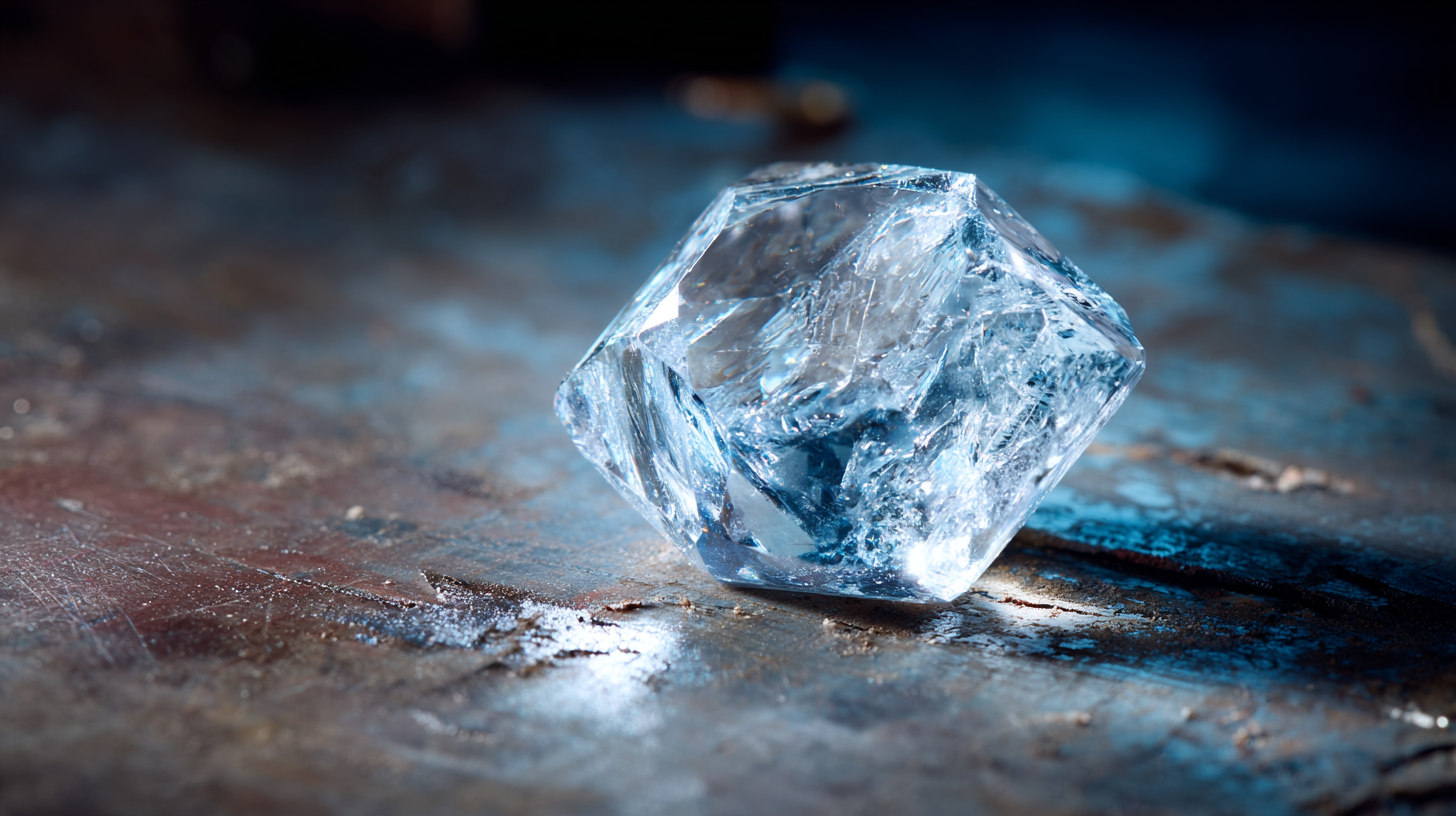
Understanding Diamond Grinding: The Fundamentals and Best Practices
Diamond grinding is a precision machining process that utilizes the unique properties of diamond abrasives to efficiently shape and finish hard materials. Understanding the fundamentals of this technique is crucial for maximizing its benefits. The American Concrete Institute reports that diamond grinding can enhance the surface finish of concrete by 20-30%, significantly improving its durability and performance. By employing diamond wheels with the proper grit and bonding materials, operators can achieve optimal results while minimizing wear on the tools.
Best practices in diamond grinding involve selecting the right type of diamond tool for the specific application and maintaining consistent grinding speeds. According to a study by the International Journal of Advanced Manufacturing Technology, tools that are regularly maintained and operated at the recommended parameters can last up to 50% longer than those that are not. Additionally, implementing adequate cooling measures during the grinding process can further extend tool life and improve efficiency, making diamond grinding an invaluable technique in various industrial applications.
Impact of Diamond Grinding Techniques on Tool Longevity
Exploring Different Diamond Grit Sizes and Their Impact on Tool Performance
Diamond grinding techniques are essential in various manufacturing and finishing processes,
with different diamond grit sizes playing a crucial role in determining tool performance. The grit size refers to the individual diamond particle's
measurement, affecting the surface finish and material removal rate during grinding.
Larger grit sizes remove material more quickly, making them suitable for aggressive stock removal on hard materials, whereas finer grits are better
for achieving a smooth finish on delicate surfaces.
Understanding the impact of grit size on tool performance is vital for optimizing operations. For instance, using a coarser grit can reduce processing time but may lead to a rougher surface finish, necessitating
additional polishing steps. Conversely, opting for finer grits ensures a superior finish but at the expense of increased grinding time and tool wear.
Therefore, selecting the appropriate diamond grit size is critical not only for efficiency but also for prolonging the life of the tool, thus minimizing costs associated with tool replacement and maintenance.
By mastering these techniques, manufacturers can significantly enhance productivity while maintaining high-quality standards.
Analyzing the Role of Bonding Agents in Enhancing Grinding Efficiency
The effectiveness of diamond grinding techniques heavily relies on the quality of bonding agents used in the manufacturing of grinding tools. These agents are responsible for holding the diamond particles together and significantly influence the tool's overall performance. By selecting appropriate bonding materials, manufacturers can enhance the grinding efficiency and achieve optimal results. For instance, metal bonds typically offer excellent durability and are suitable for hard materials, while resin bonds provide flexibility and a finer finish, making them ideal for softer substrates.
Moreover, the interaction between the bonding agent and the diamond particles plays a pivotal role in determining tool longevity. A well-designed bonding system ensures that diamond grains are effectively exposed during the grinding process, maximizing cutting efficiency. As the tool wears down, the bonding agents facilitate the release of worn-out diamond particles, maintaining consistent performance. Therefore, focusing on the right combination of bonding agents not only enhances the grinding process itself but also extends the lifespan of the tools, making them a crucial element in the effectiveness of diamond grinding techniques.
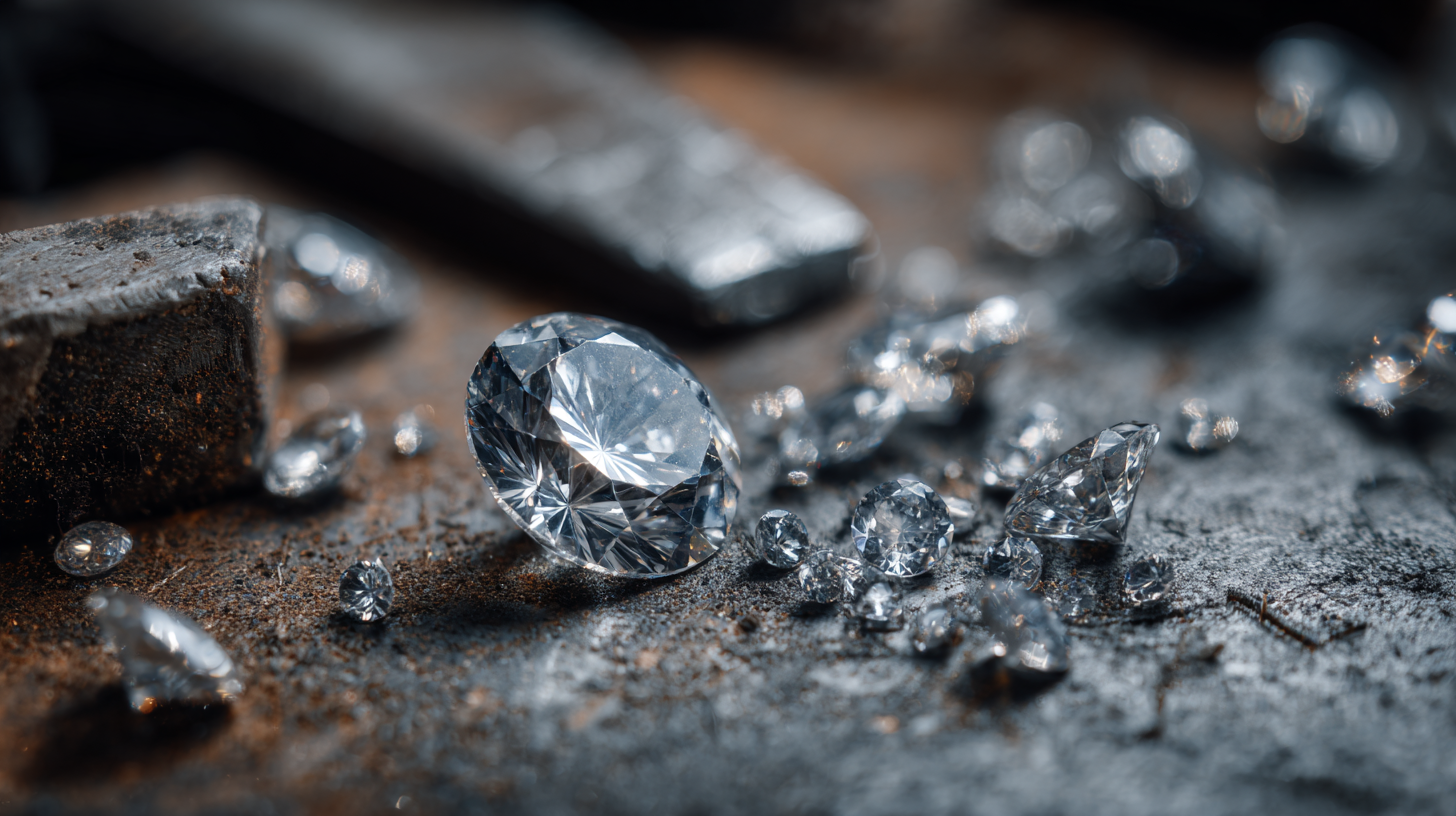
Evaluating the Relationship Between Grinding Techniques and Tool Lifespan
The relationship between grinding techniques and tool lifespan is a critical area of study for professionals in manufacturing and machining industries. Different diamond grinding methods, such as continuous vs. discontinuous, can significantly influence the wear rates of tools. Continuous grinding, characterized by a steady process, often leads to overheating and accelerated degradation of the diamond grains. In contrast, discontinuous grinding may enhance cooling and reduce thermal shock, thereby extending the operational life of the tools.
Moreover, the choice of grinding parameters, including feed rate, speed, and wheel composition, plays a pivotal role in determining tool longevity. High feed rates can increase productivity but may also induce excessive wear. On the other hand, optimal adjustments to these parameters can lead to a balance between efficiency and tool preservation, suggesting that careful evaluation of grinding techniques is essential for maximizing lifespan. By exploring these relationships, manufacturers can implement tailored strategies that not only improve productivity but also reduce costs associated with frequent tool replacements.
Unlocking the Secrets of Diamond Grinding Techniques and Their Impact on Tool Longevity - Evaluating the Relationship Between Grinding Techniques and Tool Lifespan
| Grinding Technique | Material Type | Average Tool Lifespan (Hours) | Surface Finish Quality | Cooling Method |
|---|---|---|---|---|
| Vertical Grinding | Steel | 150 | Fine | Flood Cooling |
| Surface Grinding | Aluminum | 120 | Smooth | Air Cooling |
| CNC Grinding | Titanium | 200 | Very Fine | Mist Cooling |
| Belt Grinding | Copper | 100 | Rough | None |
| Centerless Grinding | Brass | 170 | Medium | Flood Cooling |
Examining Industry Standards: Optimizing Tool Longevity Through Strategic Grinding Methods
The optimization of tool longevity in the diamond grinding industry heavily relies on understanding and adhering to established industry standards. These standards are not merely guidelines; they serve as benchmarks for performance and durability that, when followed, can significantly enhance the lifespan of grinding tools. By implementing strategic grinding methods that align with these standards, manufacturers can reduce wear and tear on their tools, leading to fewer replacements and lower operational costs.
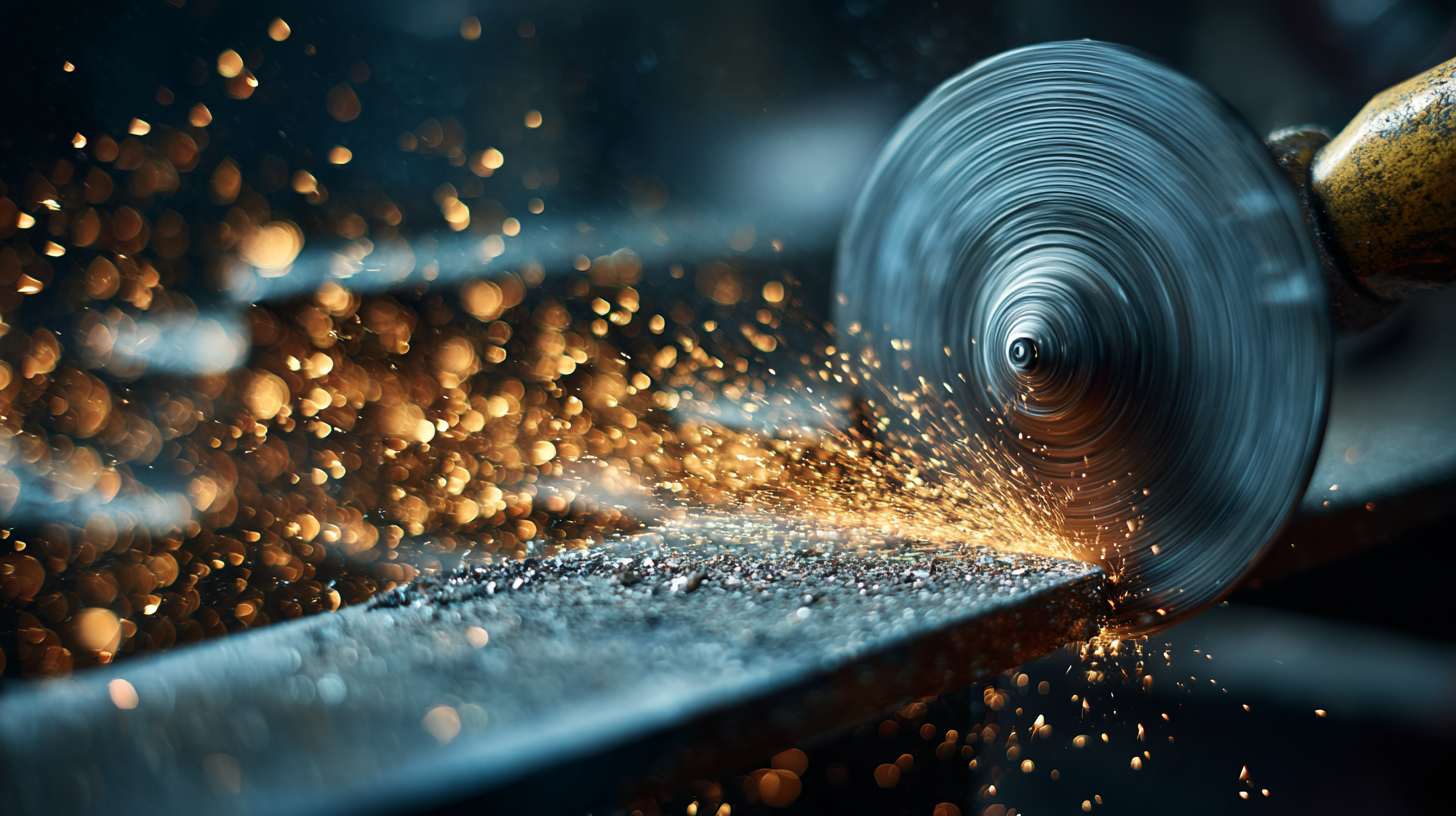
One crucial aspect of these strategic grinding methods is the selection of appropriate parameters such as wheel speed, feed rate, and coolant usage. Adjusting these factors based on specific material requirements and grinding scenarios allows for more efficient material removal while minimizing thermal damage and mechanical stress on tools. Additionally, regular maintenance and adherence to quality control measures can further ensure that tools remain at peak performance, ultimately contributing to a longer service life and improved productivity within the industry.
Related Posts
-

Top Strategies for Sourcing the Best Diamond Grinding Tools Globally: Insights and Data
-

Unveiling the Best Diamond Grinding Techniques: A Comprehensive Comparison for Professionals
-
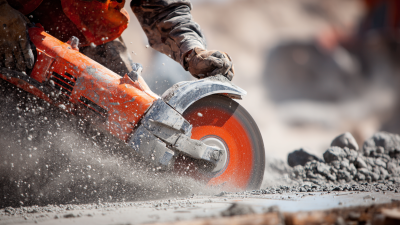
Top Strategies for Maximizing Efficiency with Best Concrete Grinding Machines
-
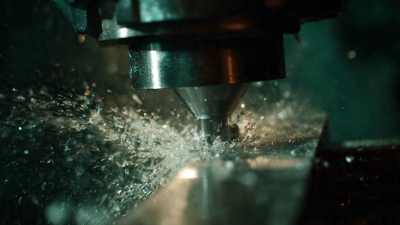
Innovative Solutions for Enhanced Performance in Diamond Tools Industry
-

How to Choose the Right Diamond Tools for Optimal Cutting Efficiency Based on Industry Standards
-
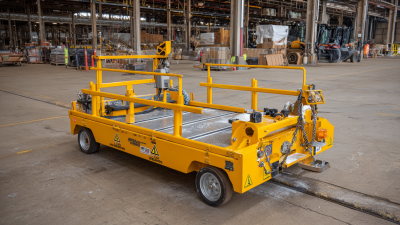
How to Choose the Right Concrete Grinding Equipment for Your Project Needs
